Urban Cycling and Urban Environment

Nunc dolor sed laoreet urna
July 7, 2014
Citizen Jane, Battle for the City
November 1, 2020Urban Cycling and Urban Environment

This note is part of my essay for the “Unraveling the Cycling City” online course which is provided by University of Amsterdam and offered through Coursera platform. This part is about urban cycling at urban environment.
Land use and Transportation
We lived in a small city with a few number of apartments and houses in downtown and the demand for new apartments grew every year. City managers located new places for building new apartments around the city and far away from downtown. Then the city got bigger and bigger and you could travel only by car from suburb to city center. This means that owning a car was not an option, it was mandatory. These were happening when I was a 15 years old and now every household had 1 or more cars in the parking and a useless and old bicycle if there is one at all.
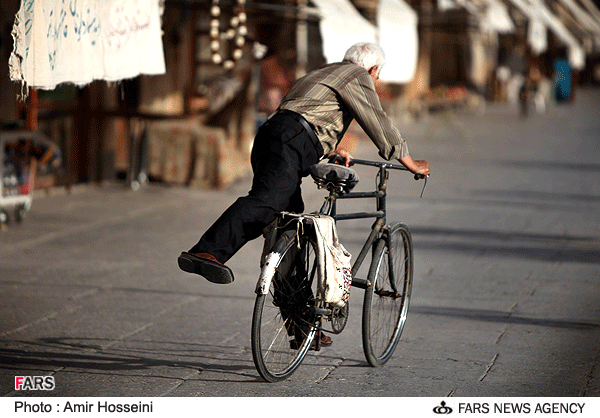
Urban Cycling -Transit Integration
Years later, I became a project manager and worked for 4 years in Tehran doing urban cycling projects. Tehran is a big city with 8 million population. The average length of a trip is much more than 7 kilometers, which is not suitable for riding a regular bicycle. Tehran citizens do more than 20 million trips every day.
You can imagine the volume of car traffic in the streets going South to North, East to West and vice versa every day. When I was working with Dutch Cycling Embassy specialists for Tehran bicycle Master Plan, they suggested that providing bicycle parking in the main metro stations and bus terminals would affect the percentage of cyclists and public transport users. Now more than 50 public transportation stations have bicycle parking, some of them are full of personal bicycle.
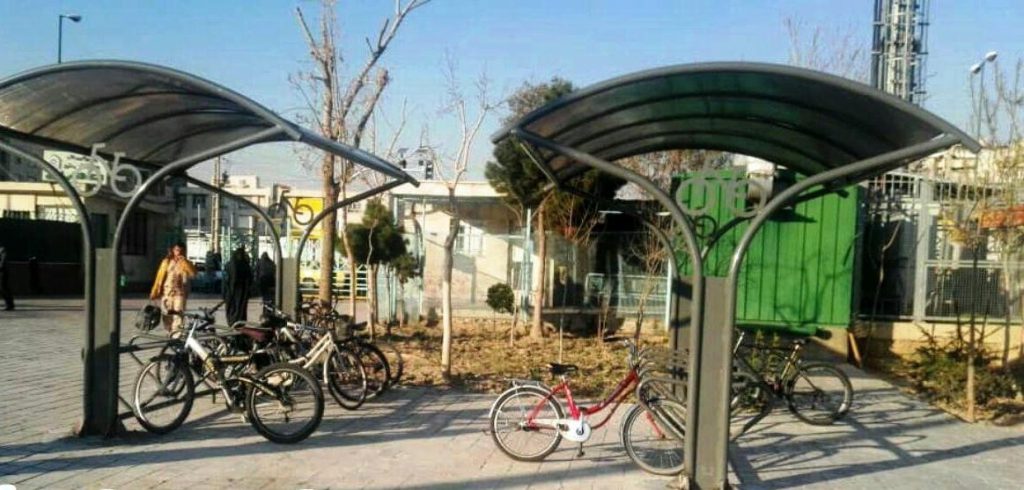
Based on this suggestion, we proposed a plan for locating bike sharing stations near all metro and bus stations in four central districts of the city. Public transportation has low accessibility, bicycle can complete and also increase the demand and utility for the public transportation[1].
Urban Cycling and Urban Planning
We should know that building parking, cycling lane and bike sharing system only help the cycling development in short term. Urban planning and development has a great impact on cycling trends and using public transport in cities. “Investment in walking and cycling infrastructure is still needed, but the continued success of walking and cycling environments also depends on the extent to which new and existing residential areas are able to develop a critical mass of destinations (such as workplaces and facilities) within short distances.”
Tehran urban development has many problems. Tehran has not a dense and mixed land use. The city permit house developers to build their apartments with least commercial land use far away from public transport stations. A recent study showed that the city ignored the opportunities of transport-oriented development (TOD) for at least 2 decade.
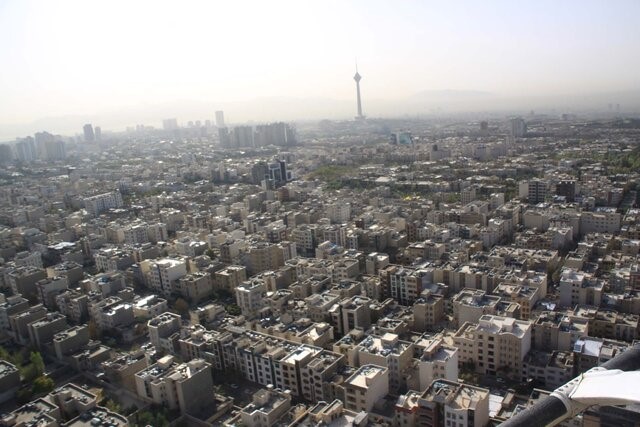
Urban development is the key factor for a cycling city. Based on Lucas Harms article, urban cycling increased in urban areas in some parts of Netherlands[2]. This fact is opposite of what we know about many cities around the world. One reason for this increase can be better urban planning and special attention to bicycle as means of transportation in the process of urban development in Netherlands.
The street within a network
There is always a debate about being bicycle in streets. Some bike lanes in Tehran are in the sidewalk. Some of them are in the streets. Pedestrians complain about cyclists riding in sidewalks. Drivers become crazy when a bicycle slowly crosses the intersection.
Cyclists look different to other road users. Cars are dangerous when speeding, but pedestrians are not harmful and a cyclist should care them.
Should we as transportation specialists see the bicycle more like a car or like a pedestrian? The answer is not easy. Tehran bicycle network in 4 central districts has many intersections. Recently, municipality wants to install traffic lights for cyclists at this intersections. I was responsible for providing a guideline to locate and install the traffic lights. Municipality insisted that every intersection should have a traffic light near the bicycle route and a far traffic light. They argued that drivers should understand that bicycle is another mode of transportation and they should respect them.
I do not know how much traffic light installation could help to recognize cyclists as a mode of transportation, but I think this could help them cross the intersection with less worry about their safety.
One parameter for cycling development in a city is safety. But what are other parameters? How can we provide an attractive city for cycling? Forsyth and Krizek found a lot of parameters and I chose a key paragraph from their article:
“Given that cycling lies squarely at the intersection of the domains of transportation planners and urban designers, planning and design processes have much room to acknowledge both areas of expertise.” [3]
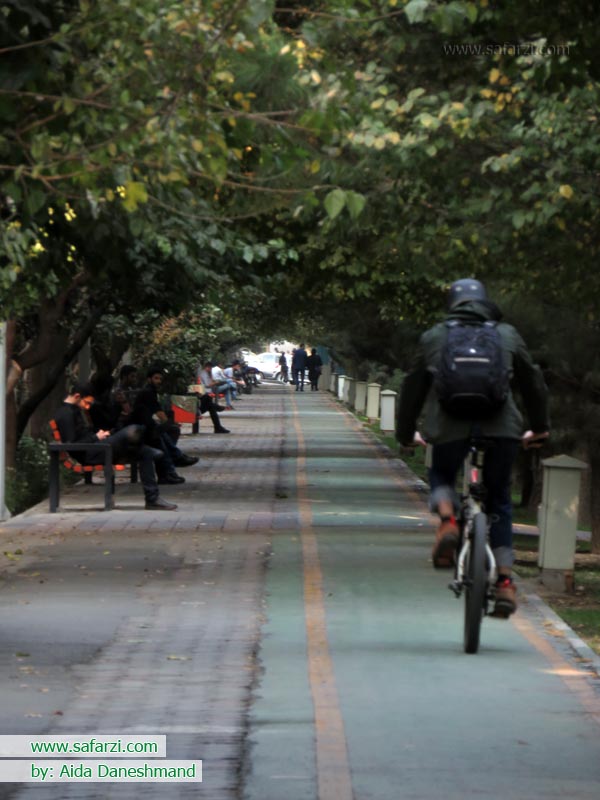
When a city wants to change or design any part of the transportation network, should consider that it is a multidisciplinary work and invite urban designers, transportation engineers and maybe architectures.
If we want to increase the effect of environment on user experience, designing a network or a cycling route needs such collaborations.
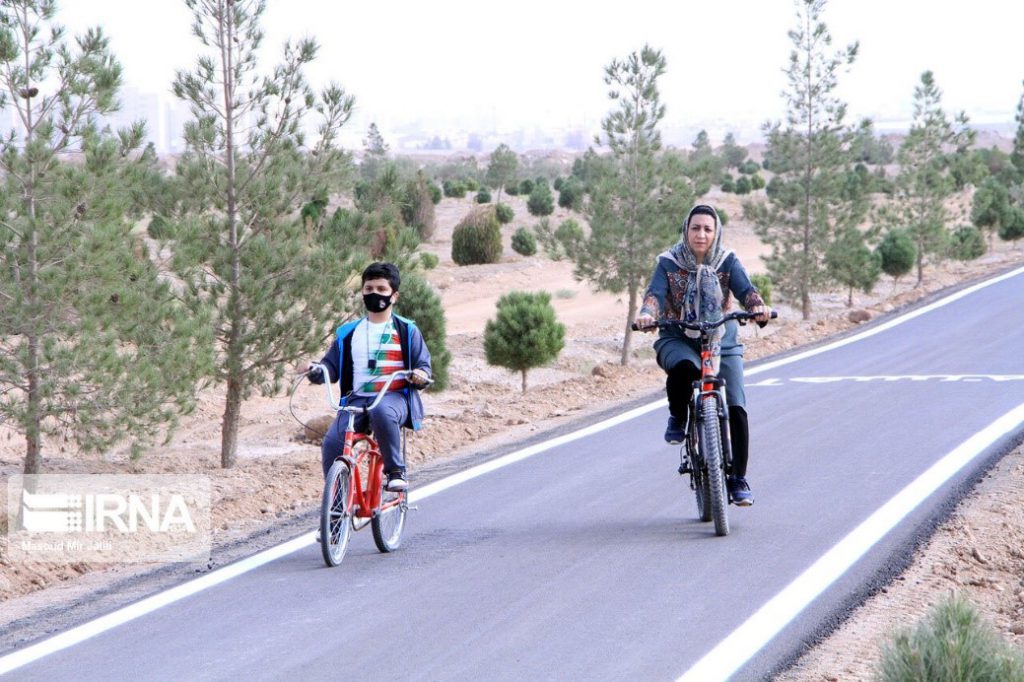
Building a cycling route or a bike parking and blaming people for their inattention is an easy work. City managers should know that urban design is the main part of encouraging people to use public spaces.
It is more complicated when we talk about cycling highway. Should we design it like a highway car?
Practitioners agree that the design of cycle highways cannot be wholly copied from automobile infrastructure, “It’s not my aim to make a copy of highways now to cycle highways because it’s different. Cyclists are not motorists. They have other needs. You can’t just copy paste. It’s not possible. It’s not a good idea.” [4]
There is another question. How much space should we allocate to different modes of transportation? Since many cities around the world were developed based on car as the main mode of transport, should we take the space back from cars or use other spaces like sidewalks or green areas for cycling?
In the “unraveling cycling city” course, there is a word to explain the concept of space distribution: “fairness”. If 99 percent of travels are done by cars, should we allocate 99 percent of public spaces to cars?
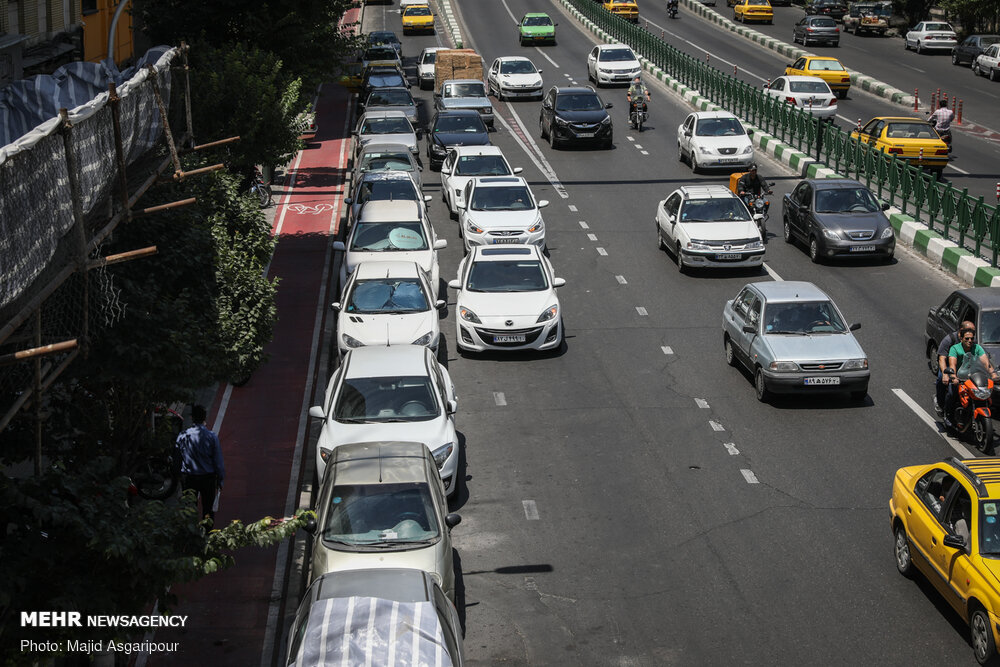
I think when we want to measure the fairness of a street, we should think that every road user should be as comfortable as a car driver.
Speed: If a driver can choose different speed with respect to safety, a pedestrian also can walk at any speed. If I can’t walk quickly or slowly in the sidewalk area, then the space of street isn’t distributed fairly.
Parking: A driver can stop and park his/her car, if a cyclist cannot find a parking, then the distribution of space is not fair.
Subsidized fuel: If the government subsidize the fuel of cars and they move by money that a cyclist pays to the government, and cyclist cannot use any subsidize for his trips, then it is not fair to design cities for car owners.
View of city elements: If all aspects and building of a city designed from a car occupants view and a cyclist cannot perceive the city element, then the land scape of a city is not designed based on fairness.
[1] Kager, R., & Harms, L. (2017). Synergies from improved bicycle-transit integration Towards an integrated urban mobility system. International Transport Forum.
[2] Harms, L., Bertolini, L., & te Brömmelstroet, M. (2014). Spatial and social variations in cycling patterns in a mature cycling country exploring differences and trends. Journal of Transport and Health, 1(4), 232–242.
[3] Forsyth, A., & Krizek, K. (2011). Urban Design: Is there a Distinctive View from the Bicycle? Journal of Urban Design
[4]Liu, G., te Brömmelstroet, M., Krishnamurthy, S., & van Wesemael, P. (2019). Practitioners’ perspective on user experience and design of cycle highways. Transportation Research Interdisciplinary Perspectives
